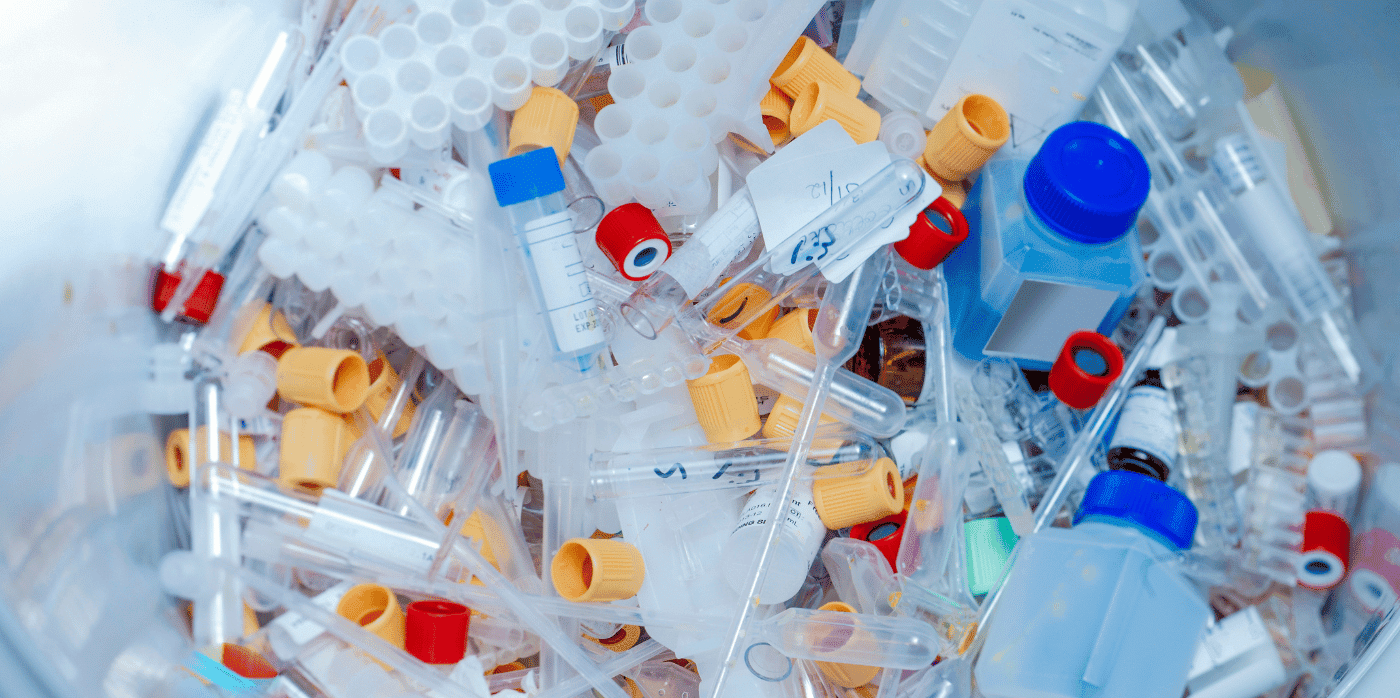Treating biohazardous lab waste on-site

Spotted: Global waste generation has increased every year for decades and is likely to continue growing. Hospitals contribute a sizeable amount of waste to that total, with the global healthcare industry responsible for more than four per cent of worldwide net greenhouse gas emissions. Hazardous chemicals are part of the problem, with lab waste consisting of a mix of sharps, chemicals, plastics, and glass.
The recycling industry is struggling to cope with the volume of waste that needs processing, and new solutions are required. Irish biotechnology company Envetec has created a proprietary biodegradable chemical that processes lab waste on-site. Called GENERATIONS, the system transforms potential pollution into recyclable polymer flakes that are safe to handle and transport – and are usable in a huge range of other manufacturing processes.
GENERATIONS is a carbon-neutral process that is set up within or very near a laboratory to enable minimal transport costs. The biodegradable chemical uses far less water than traditional treatment systems, and Envetec works with teams and organisations in the diagnostics, food and beverage, and pharmaceutical industries to design bespoke treatment and recycling processes. Envetec helps organisations track their changes and results, and strive to meet international standards for recycling and net-zero commitments.
Finding ways to transform hazardous chemicals into non-toxic, useful products or replace them altogether are challenges that innovators are approaching in a variety of ways. Springwise has spotted carbon-negative chemicals produced for industrial manufacturing processes, as well as wastewater treatment sludge used to repair municipal pipes.
Written By: Keely Khoury


